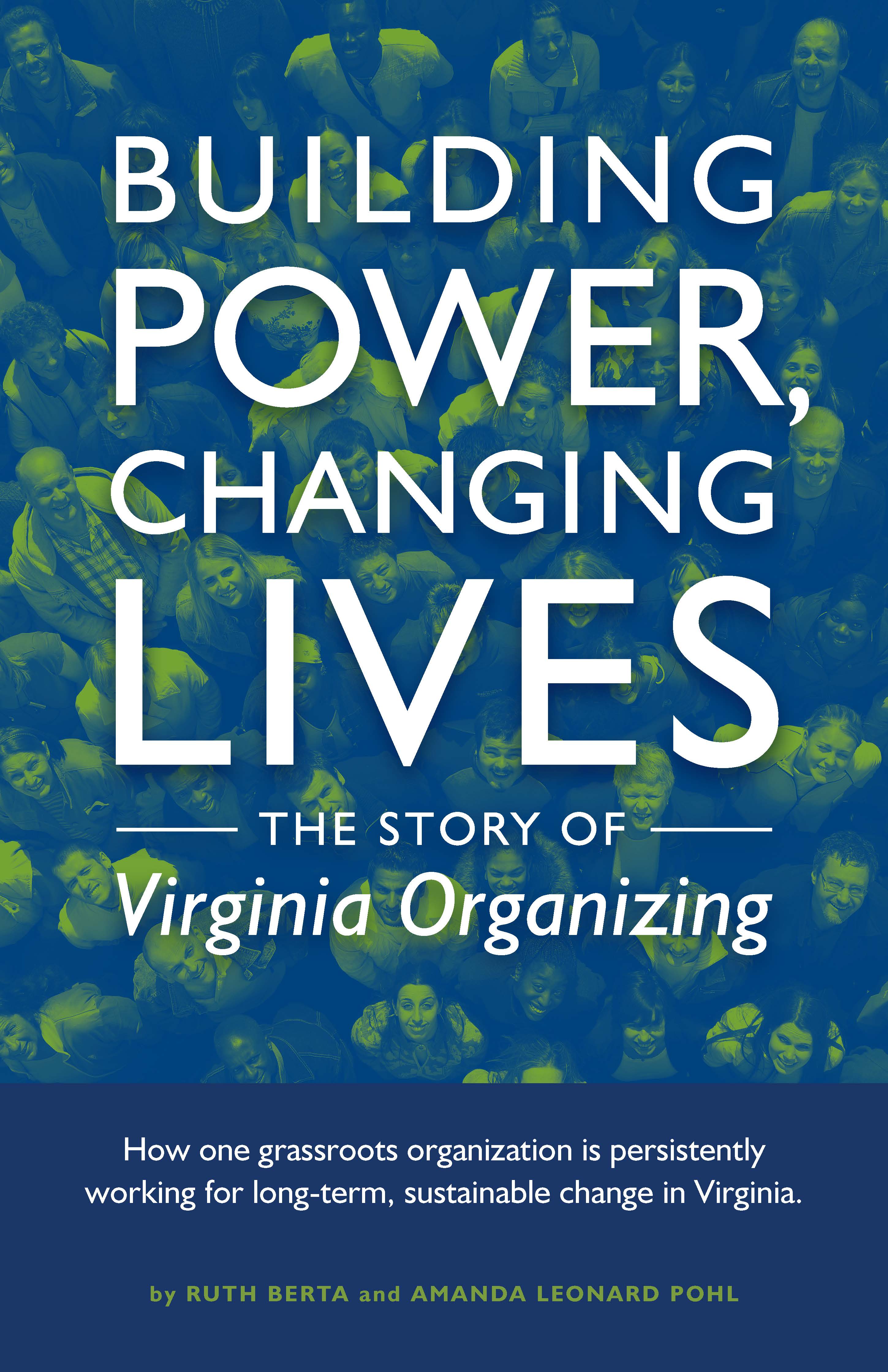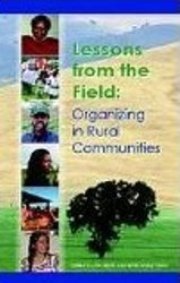EXCERPT - Panics without Borders: How Global Sporting Events Drive Myths about Sex Trafficking
Written by Gregory Mitchell
Excerpted from Panics without Borders: How Global Sporting Events Drive Myths about Sex Trafficking by Gregory Mitchell, published by the University of California Press.
Eat—Pray—Labor - Welcome to Qatar and the World Cup
The flight from India to Qatar was crowded and chaotic before boarding even began. Dozens of Indian men in their early twenties wearing nearly identically cut but differently colored wool sweater vests over buttoned shirts crowded around the gate. The men looked confused and disheveled—overwhelmed. Their clothes were threadbare but not dirty. As agents ordered us all to line up by group number, the Indians continued to press in a throng as if planning to storm a castle rather than walk down a jet bridge.
A particularly stern gate agent stood on a chair and began scolding them: “Stop this. You will line up.” As her colleagues joined in imposing a moment of order, something resembling a queue, however limp and serpentine, began to form. Suddenly a woman in a sari who looked comfortably middle class, certainly wealthier than the men, stealthily cut in line. “You! I saw that!” bellowed the agent on the chair. “Back of the line! You will board last. Anyone else going to try me today?” She then got off her chair to physically shepherd the woman to the back, receiving a wave of abuse in Hindi tossed from over the interloper’s shoulder. Around her, the men continued to look confused and weary.
Once we had boarded, the men’s inexperience with air travel caused delays and frustration for the flight attendants. The men fumbled with the overhead bin latches, and the seatbelts seemed to mystify them. When the plane took off, several men seated in the middle section jumped up and ran to the windows to look out at the ground shrinking away, causing panicked directives from the loudspeaker. Once airborne, I watched as one of the men fumbled around the galley until a flight attendant eventually showed him where the lavatory door was and how to open it. He quickly summoned his friend, who stuck his head in the door as well; the two of them pushed the faucet buttons and flushed the empty toilet, startled by the sudden whoosh it made, then laughed. The middle-class Indians on board rolled their eyes, muttering in disgust and condescension about all of this.
What I was witnessing on this flight were dozens of men on a plane for the first time. They were flying from an extremely poor country to one of the world’s wealthiest—and they were certainly not on their way to Qatar for tourism. I highly doubt any of them had bought their own tickets. They were migrant workers coming to join the approximately 500,000 mostly Nepalese, Sri Lankan, and Indian construction workers building the nine stadiums and numerous other buildings for the 2022 World Cup. At the time of this writing, the estimated death toll for these men is twelve hundred, with another seven thousand deaths expected by 2022. Most of the deceased were essentially worked to death in the heat or kept in squalid or unlivable conditions. (These numbers do not account for the fact that in 2020, COVID-19 arrived in Qatar. The resulting lockdown turned the labor camps into death traps.)
Tens of thousands more workers such as those on my flight were necessary to build various hotels, high-rise buildings, and university buildings. Spanning fourteen square kilometers, Education City is home to six satellite campuses for US universities (along with one British and one French) that sold off their brands, along with their academic freedom, when the Qataris offered to foot the bill and dangled oodles of cash besides. As the Washington Post reports, the US universities with campuses in the Gulf stand “accused of benefitting from migrant labor exploitation,” but it notes that “many details about operations of Education City are shrouded in secrecy.” The universities turning a blind eye toward the human rights abuses and embracing this enterprise included Cornell (medicine), Texas A&M (engineering), Virginia Commonwealth (arts and design), Carnegie Mellon (business and sciences), Georgetown (foreign service and government), and Northwestern (communications).
When I visited the Qatar campus of Northwestern, my doctoral alma mater, I asked a dean there about government censorship; he assured me, “I worried about that at first, too, but it’s fine as long as you don’t write too much about Israel.” When I told him my first book was about gay sex tourism, he quirked an eyebrow and wryly added, “or that.” Homosexuality is illegal in Qatar, and Qatar removes LGBT content from local editions of publications such as the New York Times. Meanwhile a student debate about God and gender at Georgetown in Qatar was canceled in 2018, and in 2020 Northwestern University in Qatar canceled an event featuring Mushrou’ Leila, a Lebanese indie rock band whose lead singer is openly gay. A spokesman for the Qatar Foundation, the state-linked nonprofit partnered with the universities, said that while it placed “the highest value on academic freedom,” it was necessary to operate within “Qatari laws as well as the country’s cultural and social customs.”
North Koreans seemed to have it particularly rough. “First to leave [the construction site] are the Vietnamese, then the Indians, followed by Nepalese and Thais,” writes the Guardian’s Pete Pattison. “But late into the evening, after everyone else has left, one group of workers toil on. . . . These men are North Korean; an army of labourers from a tyrannical dictatorship, working on perhaps the most high-profile development in Qatar: Lusail City.” Sometimes they were not even allowed back to the camp and had to sleep on site. They received as little as 10 percent of their salary during their three-year contract: “Their earnings are expropriated by a chain of North Korean state-run bodies, overseen by Office 39, a department that reportedly controls a fund to bankroll Kim Jong-un’s lifestyle.” Lusail City, which included a nineteen-story tower, four swimming pools, and apartments renting for about US$12,000 a month, was set to host teams and fans during the 2022 World Cup. The workers made about US$500–$600 a month (US$17–$20 per day), with 50–80 percent of that being sent back to workers’ families, and the company took a hefty fee for doing the remitting. North Korean defectors reported that 85–90 percent of the worker’s money actually went to North Korean government officials or the ruling party.
On the plane, I had watched as the South Asian men settled in and became transfixed by the in-flight entertainment system. Looking to my left, I saw one entire row of migrant workers watching the same film, having all started it within a minute or two of one another, so the same scene would burble up, bouncing from screen to screen. I craned my neck to see what they had chosen. They had not selected any of the Bollywood movies on offer, nor a blockbuster action movie, as most of the other men on the flight had. The image was of Julia Roberts enjoying pasta with that big wholesome grin of hers. I realized that the film was Eat, Pray, Love.
Over the next couple of hours, the five migrant men watched Julia Roberts (playing the memoirist Elizabeth Gilbert under the direction of that master of camp Ryan Murphy) as she finishes her spaghetti and moves on to consuming India, where she finds all her missing spirituality in an ashram before quickly leaving India behind so she can find love in Indonesia (with a Brazilian, though, and not with an Indonesian, because this is a movie about white lady privilege and, well, let’s not be absurd). Whether they agreed with critics that the story was a “narcissistic New Age reading” representing “the worst in Western fetishization of Eastern thought and culture” or that it is was steeped in “unexamined privilege” and “the idealization/exotification of all places east,” I will never know. Maybe such critiques are the reserve of “coastal elites” and academics. Perhaps the migrant workers found Julia Roberts gallivanting around their home country and praying to some unspecific version of their gods meaningful in some way I could not.
I hope so. Because like it or not, Eat, Pray, Love was the last movie these migrant laborers were going to see for a long time. Possibly ever.
Labor Trafficking in Qatar
I want to compare competing discourses about labor trafficking and exploitation in Doha, Qatar. Specifically, I investigate the gendered and racialized nature of migrant male construction workers (mostly of South Asian origin) and migrant female sex workers (mostly of East and Southeast Asian origin, with a small number of Eastern European and Lebanese women working at the very high end). I examine the hyperinvisibility of the men and the Qatari desire to erase them from public view even as the men build the impressive structures that erupt spectacularly from the earth for which the Qatari elites, foreign investors, and US universities claim credit. I contrast this with the status of the migrant sex workers—whom I was surprised to discover work quite openly in the hotel bars of five-star Western hotels. Although Qatar is ostensibly a place where alcohol, prostitution, gay sex, and other vices are heavily policed and severely punished, the truth is that the myriad Western hotel chains there operate in a zone of exception for all these things—not only for foreigners but also Qataris. so long as they obey signs to remove their “traditional dress.” These women are not hidden; they are extremely visible. I argue that these Western chains— recognizable brands like Marriott, Westin, and Hilton—help facilitate sex worker migration. That is to say, even while running sex trafficking awareness campaigns and “spot the signs” employee trainings in the United States, the hotels are complicit in what their own awareness campaigns and trainings would call sex trafficking. Or more precisely, I observed hotel management and staff facilitating the introduction of sex workers to Arab and Western male clients, and multiple hotel employees explained to me that the hotels had “an agreement” whereby migrant sex workers (brought into Qatar by third parties) would engage in sex work with hotel guests with the assistance and knowledge of hotel staff. While I cannot claim direct knowledge that these major hotel chains facilitated the migration process of the sex workers or “sex trafficked” the women, employees repeatedly told me that the Western hotel chains work with the sex-working women and their managers for the “benefit of the guests.” Therefore, this chapter examines the racialized fantasies projected onto these two groups of migrant workers and critiques Orientalist liberal feminist assumptions about sexuality in the “Arab World.”
Although migrant sex work is very visible in Qatar, it is not a widespread phenomenon. As Haley Christenson writes, “When human trafficking is discussed in relation to sporting events, most people of think of sex trafficking before labor trafficking. Yet, no hard evidence confirms sex trafficking increases during sporting events. Conversely, there is empirical evidence to show a link between the World Cup and increased labor trafficking.” This gendered bifurcation of visibility is one flaw of human trafficking as an overarching framework. Writing in the context of the neighboring United Arab Emirates (a country with many social, political, and economic similarities to Qatar), Pardis Mahdavi argues that there is also a misguided assumption that domestic work and sex work are not mutually exclusive, and that women migrating to the UAE choose to enter sex work because they find the working conditions better than those endured by domestic workers. Mahdavi and Christine Sargent write that “conceptualizations of trafficked persons seemed to hinge upon gender. From speaking with activists in the Philippines, Emirati hospital administrators, or expatriate women working to build a private shelter for women in Dubai, the authors learned that many, if not all, of these interlocutors indicated that ‘women and children’ were more likely to be trafficked than men,” with “women being seen as especially vulnerable to sex trafficking.” These groups believed that men were “stronger” and smart enough to be able to avoid being tricked into labor trafficking. The researchers also found that these groups expressed racist views that women (who often came from Asia or Africa) were less valuable to their families than they would presumably be in the West. Similarly gendered and racialized assumptions are a reoccurring theme in much of the anti-trafficking world, as the sociologist Rhacel Parreñas has demonstrated. Despite such beliefs about the relative invulnerability of men, the scale of labor trafficking in the construction industry in the Gulf, and especially in Qatar, is almost unimaginably vast.
Analyzing the media reports, peer-reviewed research, and available data, it’s reasonable to predict what may have happened to the men on my flight. According to reporting from the Guardian, they’re likely to discover that their employer will seize their passports. They will be charged around 36 percent interest on the price of those plane tickets and other transportation costs. They will not be paid, as their employer will withhold two months of salary as an incentive for them to cooperate. They will be made to sleep twelve people to a room in squalid conditions and poor sanitation. They will not be given enough food and sometimes will be given nothing at all for the entire day, be made to work twelve hours on an empty stomach, and then go to bed hungry. They may be denied access to free drinking water despite being made to work when it is 122 degrees Fahrenheit (50 degrees Celsius). They or others in their cohort may die from heat or sanitation-related causes. Their death certificates will not give a cause of death or will say “natural causes.” There is nothing natural, however, about teenagers and twenty-somethings having heart attacks. Paul Renkiewicz tracked just such a story in recounting the tale of Iok, a sixteen-year-old boy from Nepal who died of a heart attack two months after his arrival. Of course, if they die quickly, they’ll never have to be paid at all. As Sarah Hamill puts it, Doha is “an oasis in the desert, but a graveyard for migrant workers.”
Workers like these men are expendable because they are so easy to replace. As Sarath Ganji notes, Qatar needed 1.5 million foreign workers for the Cup in order to complete the US$200 billion worth of development projects related to it. What is most remarkable about all this is that foreign workers are by far the majority of the population. The total population of Qatar, including the migrant workers, is only 2.5 million. A full 94 percent of the population in Qatar is not Qatari citizens. The skilled migrants, foremen, engineers, and businessmen who are overseeing construction, as well as nearly everyone working in any sector of the economy—academics, teachers, marketing executives, bankers, consultants—are noncitizens. Yet the native Qataris, comprising the 6 percent who rule over the population, are incredibly wealthy. As Sunkara Bhaskar notes in his reporting for In These Times, “Qatar has the highest concentration of millionaires in the world—more than 14 percent of households in the tiny monarchy hold one million or more dollars in assets.” Despite football fans seeing a dazzling skyline boasting an enormous array of opulent towers erupting out of the desert, 60 percent of Qatar’s total population actually lives in labor camps.
The ruling elites are quick to squash any form of dissent; Qatar has a vague law carrying prison time and levying huge fines for anyone found to be distributing “false news” about Qatar online. According to Freedom House, the government sentenced a poet to fifteen years in prison for reciting a poem about the Arab Spring on YouTube. In 2015, the BBC’s Mark Lobel and a team of journalists who had been invited by the government to come to Qatar for a tour of the labor camps were dismayed to find themselves being arrested and their equipment seized. As he explains, “Suddenly, eight white cars surrounded our vehicle and directed us on to a side road at speed. . . . An hour into my grilling, one of the interrogators brought out a paper folder of photographs which proved they had been trailing me in cars and on foot for two days since the moment I’d arrived. I was shown pictures of myself and the team standing in the street, at a coffee shop, on board a bus and even lying next to a swimming pool with friends. It was a shock. I had never suspected I was being tailed. At 01:00, we were taken to the local prison.”
When Qatar won the bid to host the Cup, football fans were shocked. Players could not possibly play in summer heat like that. Eventually, Qatar moved the tournament to the winter, when temperatures will max out at around 80 degrees Fahrenheit (27 degrees Celsius), but this caused an outcry from fans as it disrupted the seasonal schedules of their various other leagues. Moreover, there were concerns about Qatar’s ban on alcohol and how it would handle the sale of beer. As they had done with Russia, gay rights groups repeatedly decried the country’s ban on homosexuality, fearing that it would be unsafe for fans to travel to Qatar. Qatar’s World Cup organizing committee blithely retorted that gays needed to “respect the culture of Qatar.” Then FIFA chief Sett Blatter similarly dismissed concerns by saying of gay fans (not to mention gay players), “I would say they should refrain from any sexual activities.” (He later apologized for his “joke.”)
All this emphasis on the players and fans, though, betrays a lack of interest in the welfare of the migrants who died to make the games possible. The scholar Chris Gaffney once referred to stadiums as “temples of the earthbound gods.” If footballers are gods and stadiums the temples where disciples come to worship, what does this make the workers? In the case of Qatar, these gleaming temples are places where humans unlucky enough to be born in poor countries are taken by people in rich countries to be sacrificed at the altar of FIFA.











